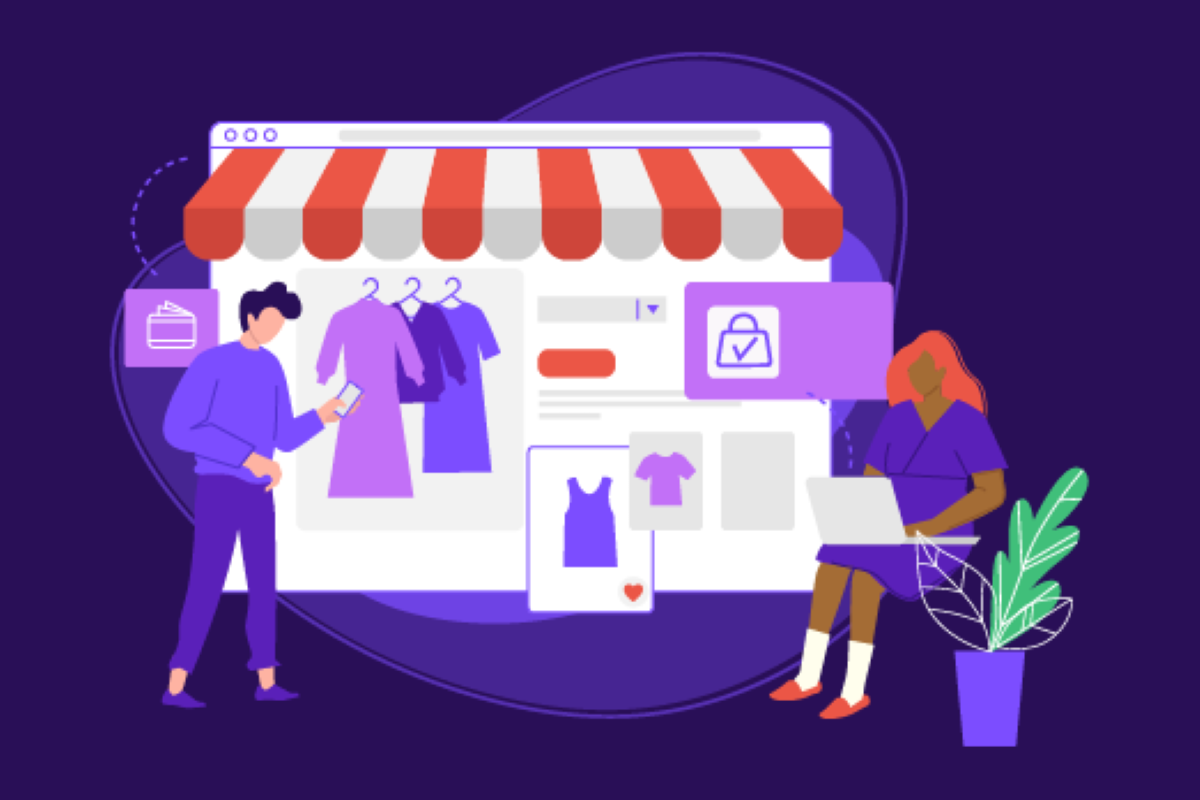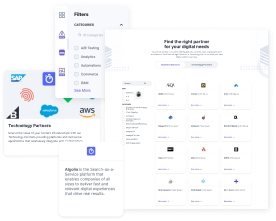How to choose an omnichannel marketing platform

Omnichannel marketing allows businesses to create customer-centric experiences that are personalized and consistent for each consumer across all channels. This modern way of thinking about content management can help your business build stronger relationships with customers and increase sales.
Today's marketing professionals need to pursue an omnichannel experience that customers can use whenever, wherever they want. This approach means creating a consistent experience across all devices, whether customers use a desktop computer, a mobile phone, a tablet or a smartwatch. By designing an omnichannel experience, companies can ensure that their customers have a positive and seamless experience no matter how they interact with them. This article will explore what marketing professionals should look for when considering an omnichannel marketing platform.
What is an omnichannel marketing platform and why do you need one?
An omnichannel marketing platform allows you to connect with customers across all channels, including online, offline, and mobile. Using this customer-centric marketing approach, companies can provide a consistent customer experience no matter how the customer interacts with them. An omnichannel platform can also help businesses to better understand customer behavior and preferences, which can help to improve marketing strategies and ultimately increase sales.
Omnichannel marketing is similar to multichannel marketing. Both of these strategies involve engaging customers across different channels. However, there are some critical differences between these two approaches.
Multichannel marketing promotes a unified message using various channels. In contrast, omnichannel marketing takes a customer-focused approach. It adapts to the customer's cross-channel preferences, allowing them to move between channels seamlessly. This capability means omnichannel marketing is better equipped to provide a personalized experience.
Benefits of using an omnichannel marketing platform
An omnichannel marketing platform can provide many benefits for your business. The products and services you offer, the customers you serve and other characteristics unique to your situation will determine the advantages that benefit you most. Here are the most common omnichannel use cases.
Add virtual inventory to your store: Omnichannel marketing allows you to promote the idea of an endless aisle. You can use this virtual merchandise presentation to complement your real-world store's physical inventory. This type of shopping experience is nearly impossible to achieve without an omnichannel marketing platform.
Recurring payment model: Recurring payments are becoming an increasingly popular way for consumers to pay for goods and services. This payment model allows customers to regularly authorize a merchant to charge a designated amount to their credit card or bank account. This can be a convenient way for customers to pay for monthly subscriptions, such as Netflix or Spotify, or for larger purchases spread over time, such as a new mattress.
Recurring payments help your business build stronger relationships with your customers by making it easy for them to continue doing business with your company over time. Omnichannel marketing helps your customers move seamlessly between making an in-store or online purchase and establishing continuing services.
Buy online for in-store pickup: This omnichannel feature has quickly become a staple of e-commerce. For many types of goods, if customers can't shop for items from the comfort of their homes, they will shop elsewhere.
Increasing customer loyalty: A well-designed omnichannel strategy can help your business better understand customer behavior and preferences. You can use this information to improve relationships, fortify customer loyalty, and ultimately increase sales.
Improving customer experience: By using an omnichannel platform, businesses can ensure that they are providing a consistent customer experience across all channels. This consistent experience can improve customer satisfaction.
How to choose the best omnichannel marketing platform for your business
When choosing an omnichannel marketing platform for your business, the most critical consideration is finding one that is truly focused on the customer, not just brand-centric, using multiple channels. Brand centricity is all about promoting a unified message across various channels. At the same time, customer-centricity considers the customer's preferences and needs.
Adopting this paradigm can be challenging for some marketing solution providers that cut their teeth on multichannel marketing. It's not enough to provide the same branding message across your customers' channels. A customer-centric solution helps you tap into your customers' historical behavior to understand their needs better.
To provide your customers with the best possible experience, you will also want to consider how user-friendly and easy to navigate a potential solution is. The platform's ability to integrate with other software applications used by your company is also an important consideration.
Once you have considered these factors, you can compare the different omnichannel features that are available. Reading reviews and comparing attributes is essential to ensure you choose the best platform for your business.
Features of the best omnichannel platforms
Here are some of the top features to consider when choosing an omnichannel marketing platform:
The ability to provide a personalized customer journey across all channels: An omnichannel marketing platform should allow you to manage your marketing activities efficiently and effectively across all channels. This approach can save time and money.
The ability to connect with customers across all channels: An omnichannel marketing platform should allow you to connect with customers across all channels, including online, offline, and mobile. This can help to improve customer loyalty and increase sales.
The ability to understand customer behavior and preferences: An omnichannel marketing platform can help businesses better understand customer behavior and preferences. You can use this information to improve marketing and ultimately increase sales.
What to avoid in omnichannel marketing platforms
When considering an omnichannel marketing platform, it is essential to know the available features and choose the platform best suited to your business. However, there are also some things to avoid when choosing a platform.
Be sure not to choose a platform that is too complex or difficult to use. The platform should be easy to navigate and use so that you can manage your marketing activities effectively.
Also, avoid platforms that are too costly for your budget. It is crucial to find a platform that offers good value for your money.
Finally, avoid platforms that do not offer good customer support. The platform should be easy to use, but if you encounter any problems, you should be able to get help quickly.
Learn more
Learn more about omnichannel content management in this informative guide.
Is your CMS holding you back from creating the omnichannel experiences your customers expect? Schedule a free demo to see how Contentstack’s headless, composable content experience platform can transform your digital marketing strategy.
Share on:






9cb7.jpeg?format=pjpg&auto=webp)

